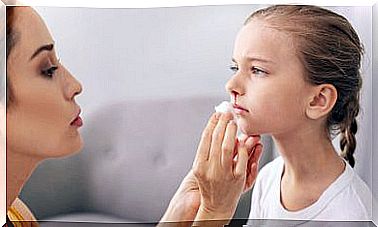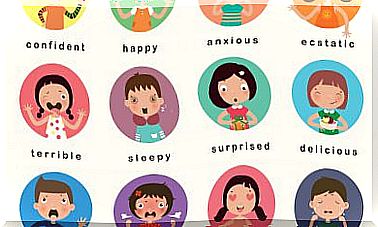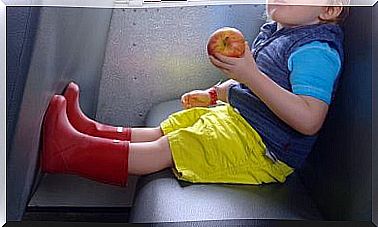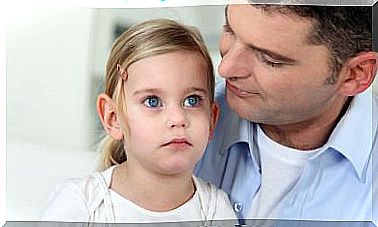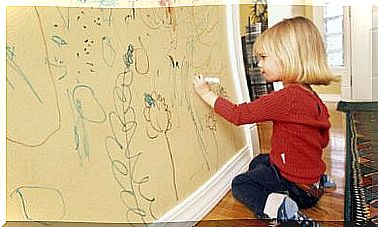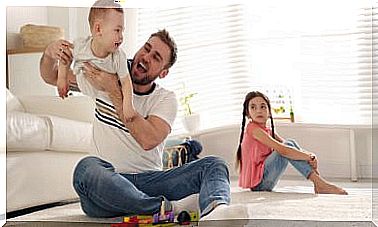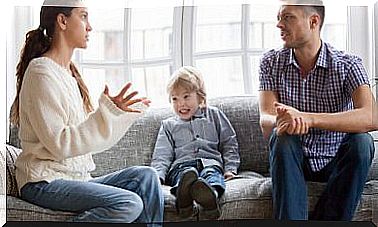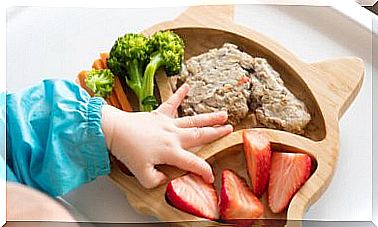10 Tips For Buying Children’s Footwear
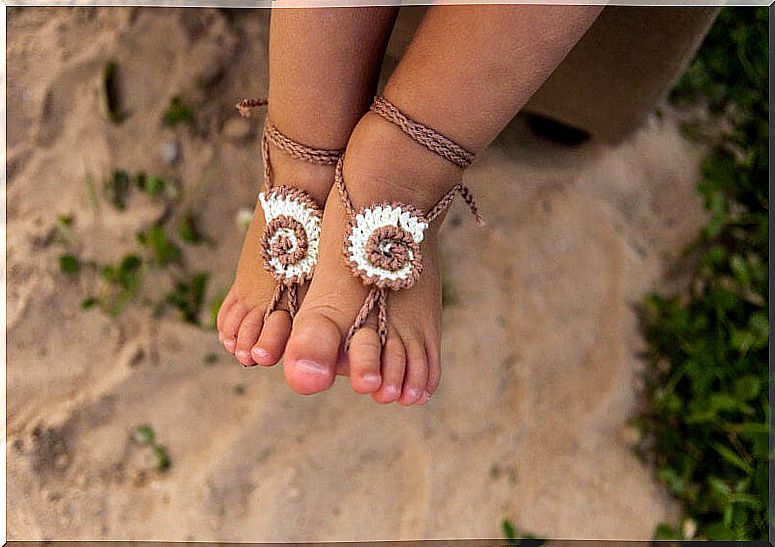
All parents worry that our children do not lack anything. One of the basic things that our little ones need is clothes. Children’s footwear offers the protection and security they need to avoid hurting themselves.
It is important to buy a shoe that adapts to the motor needs of our little one, so that the foot and the locomotor system develop correctly.
The feet are very important. We walk on them, so we must give them the attention they deserve, especially in children who are developing. So you have to buy the right footwear for each stage of childhood so that the foot has a good adaptation.
Buy children’s footwear according to their age

When children are a few months old, it is enough to wear it with socks and if we want a shoe, it must be without a sole. During the baby’s first year, the foot usually grows to 4 numbers, going from 16 to 20.
Once our child begins to walk, reinforced shoes should be worn on the back and on the side, so that the ankle can hold. The height of the shoe should not exceed the height of the ankle so that the muscles in that area do not atrophy. It is better to buy them with velcro to promote their autonomy when dressing.
Choosing good footwear is essential for the health of our children, especially if they are between 3 and 7 years old. It is in this age range that their gait matures. In the little ones, the mission of the shoe is not support, but shelter.
Below you will find tips to keep in mind when buying children’s footwear.
Tips for buying children’s footwear
Between 12 and 18 months, choose a comfortable and flexible shoe
So that the child can crawl, crawl and move without problems. At this stage the main function of footwear is to protect from the cold.
Buy the shoes in the late afternoon
At that time the feet are more swollen, in this way we make sure to choose the right number.
Wide plant
The footwear should be wide so that the toes can move freely within the shoe and do not ride on each other.
Proper grip
It is essential that the footwear adapts well to the child’s foot and does not slip off while walking. To do this, you have to look for models with velcro, laces or others, but that the foot is attached and does not move.
Breathable material
The child’s foot does not have to sweat, so the shoes must be made with materials that promote perspiration. They can be made of leather, fabric, leather, cotton … Avoid synthetic materials, they can cause fungus on their feet or nails.
Flexible sole
The sole of the children’s shoe must be flexible, light and non-slip. We will avoid falls in the little ones. To check that the sole is flexible, simply bend the sole upwards, if it is rigid, the toes cannot flex while walking.
Protection that does not impede movement
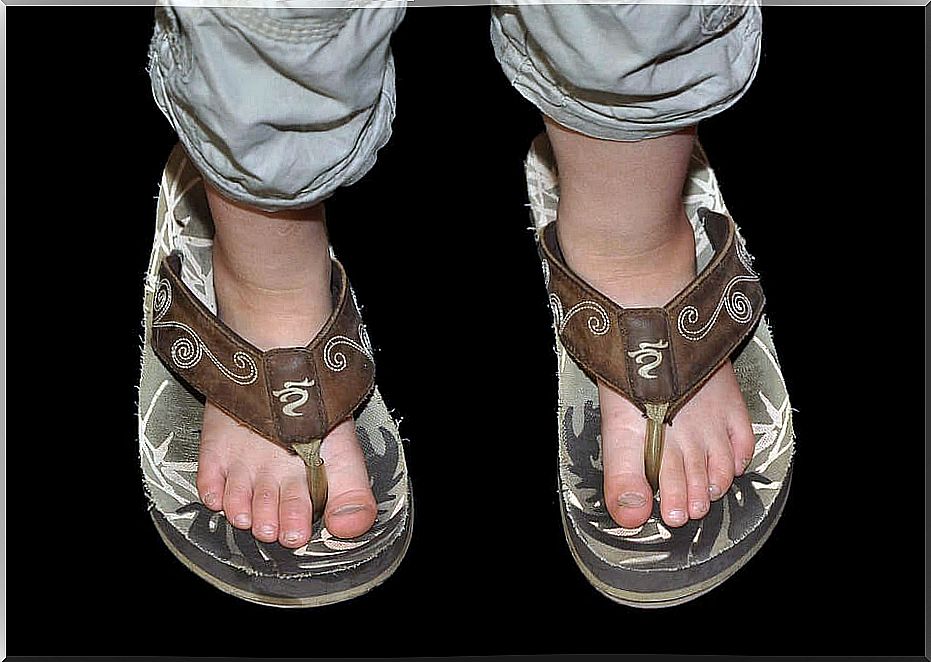
They should not be boots that rise above the ankle. We have the belief that it will hold them more, especially when they start to walk, but this is not the case. What we will achieve is that it does not move the ankle joints, which is essential for the muscles in that part to develop properly.
New
Shoes should not be passed down from one child to another. Each one has a way of gait and the shoes adapt to it. They must be new and for personal use.
Correct number
We should not buy larger numbers to serve you longer, since they would not be comfortable and it would make it difficult for them to walk. We must verify that it is your number. In the part of the heel our toe must fit without slack. And in the front they do not have to brush their fingers with the tip of the shoe.
Flat footwear with very little heel
To promote balance and protect the legs and back.
Now the choice of footwear for your child can be easier for you by following these tips. Despite this, as far as possible it is convenient for the child to walk barefoot or with non-slip socks at home. You can also take advantage of sand, grass and carpets, in this way we will help the development of the plantar arch.
